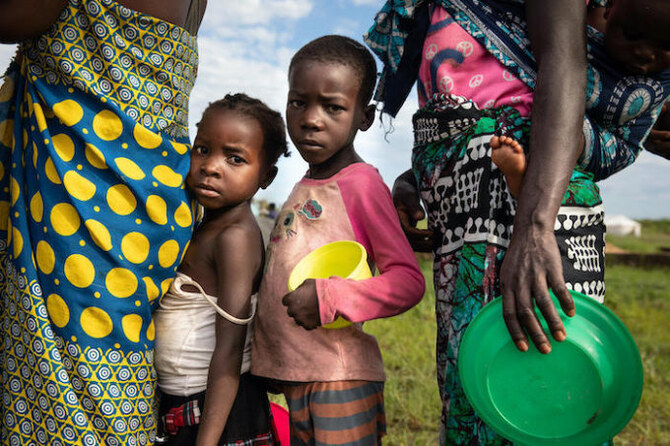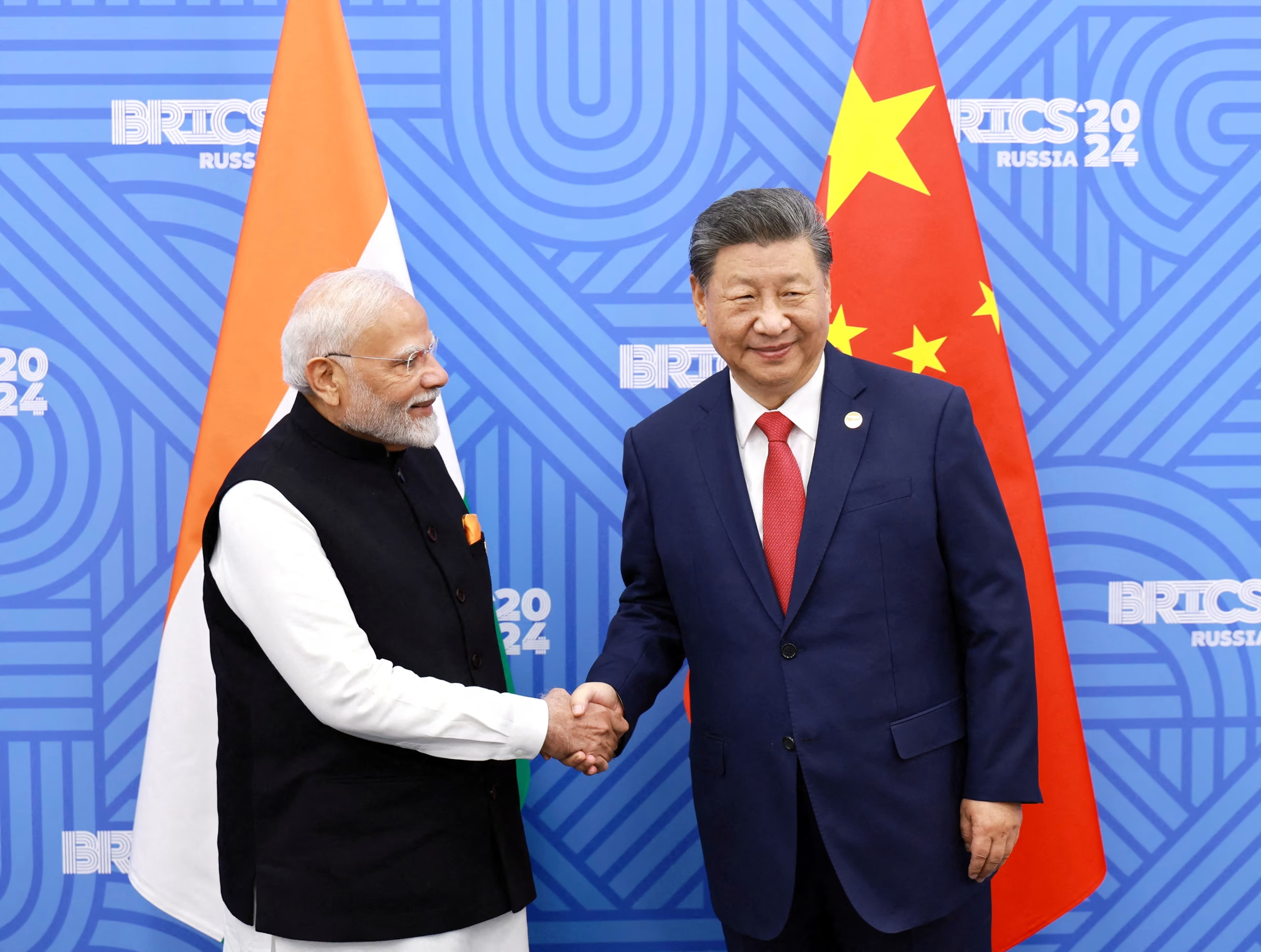UNICEF Warns of Threats to Children’s Wellbeing by 2050. A new report by UNICEF has raised serious concerns about the future of children worldwide, warning that their wellbeing could be severely threatened by a combination of environmental, social, and economic challenges by the year 2050. The organization highlights a range of global issues, from climate change and resource scarcity to inequality and poor healthcare access, as factors that will disproportionately impact children.
A Stark Warning for Future Generations
The UNICEF report, titled “Children in 2050: A Future in Peril?”, examines the long-term risks facing children in the next three decades. It argues that without significant intervention and policy changes, the next generation could face unprecedented challenges in health, education, and safety.
According to the report, climate change is one of the most pressing issues. The devastating effects of rising global temperatures, extreme weather events, and natural disasters are expected to have a particularly harmful impact on vulnerable populations, including children. The report warns that millions of children will face displacement due to climate-induced migration, while others will suffer from the worsening effects of air pollution and water scarcity.
Children’s wellbeing under threat
Impact of Climate Change on Children
The report emphasizes that climate change will worsen the living conditions of millions of children, particularly in low-income countries where resources are already scarce. Increasingly frequent natural disasters—such as floods, hurricanes, and droughts—are likely to displace families, disrupt education, and exacerbate existing inequalities.
Furthermore, the consequences of rising temperatures will not only affect children’s physical environment but also their health. Higher temperatures contribute to the spread of diseases like malaria, cholera, and dengue, which are already causing harm to children in tropical regions. Malnutrition will also become a growing issue as agriculture faces challenges from changing weather patterns, putting children at risk of hunger and stunted growth.
The Growing Threat of Inequality
Beyond environmental factors, UNICEF stresses the growing threat of social and economic inequalities. Despite global progress in reducing extreme poverty and improving access to education, significant disparities persist. The report predicts that by 2050, inequality will continue to hinder many children’s opportunities for a better life, especially in developing countries.
Issues such as lack of access to quality education, inadequate healthcare, and limited job prospects for young adults are likely to deepen these divides. Children from marginalized communities—such as those living in poverty, racial minorities, and those with disabilities—are particularly at risk. The growing wealth gap between rich and poor nations will also exacerbate these issues, creating a vicious cycle that will be difficult to break.
The Health Crisis Facing Children
Access to healthcare is another major concern highlighted by UNICEF. While progress has been made in combating infectious diseases and improving child mortality rates in many parts of the world, the future looks uncertain as health systems face increasing pressure from population growth, economic strain, and climate-related health issues.
Rising rates of non-communicable diseases (NCDs) such as obesity and diabetes are also contributing to poor health outcomes for children, particularly in developed nations. These diseases are linked to unhealthy lifestyles, poor nutrition, and sedentary habits, all of which are becoming more prevalent among children worldwide.
Calls for Urgent Action
UNICEF’s report is a call to action for governments, international organizations, and individuals to prioritize the wellbeing of children in policy-making and development efforts. The organization urges global leaders to take immediate steps to address climate change, reduce inequality, and ensure access to quality healthcare and education for all children.
To mitigate the risks outlined in the report, UNICEF advocates for comprehensive climate policies that include investment in renewable energy, disaster preparedness, and the protection of vulnerable communities. It also calls for stronger social safety nets to reduce poverty, improve education systems, and protect children’s rights in the face of rising economic inequality.
The Role of Global Cooperation
The report underscores the importance of global cooperation in tackling the issues that threaten children’s futures. No single nation can address the challenges alone, and the need for a coordinated international response has never been more urgent. By working together, countries can create a safer, healthier, and more equitable world for future generations.
As we approach 2050, the warning from UNICEF is clear: children’s wellbeing is at a critical juncture, and swift, decisive action is needed to ensure that the next generation can grow up in a world where their potential can be fully realized.
Demographic shifts, worsening climate change and rapid technological transformation risk creating a bleak future for youth in the mid-21st century, the United Nations agency for children warned Tuesday in an annual report.
“Children are experiencing a myriad of crises, from climate shocks to online dangers, and these are set to intensify in the years to come,” Catherine Russell, executive director of United Nations International Children’s Emergency Fund (UNICEF), wrote in a statement marking the release of the agency’s annual report.
Decades of progress, particularly for girls, are under threat. The report was released by the UN agency for children a day before the World Children’s Day.
This day is commemorated every year on November 20 since 1954 when the UN designated this day to promote international togetherness, awareness among children worldwide, and improving children’s welfare.
This year, UNICEF uses its report to project forward to 2050 identifying three “major trends” that in addition to unpredictable conflicts pose threats to children unless policymakers make changes.
The first risk is demographic change, with the number of children expected to remain similar to current figures of 2.3 billion, but they will represent a smaller share of the larger and ageing global population of around 10 billion.
While the proportion of children will decline across all regions, their numbers will explode in some of the poorest areas, particularly in sub-Saharan Africa.
This offers the potential to boost economic growth, but only if the new young population has access to quality education, health care, and jobs, UNICEF notes.
In some developed countries, children could make up less than 10% of the population by 2050, raising concerns about their “visibility” and rights in societies focused on aging populations. The second threat is climate change.
If current greenhouse gas emission trends continue, by 2050 children could face eight times more heatwaves than in 2000, three times more extreme flooding, and 1.7 times more wildfires, UNICEF projects.
New technology, particularly artificial intelligence, has the potential to power new innovation and progress but could also widen existing inequalities between rich and poor countries.
An estimated 95% of people in developed nations have internet access, compared to just 26% in the least developed, often due to a lack of electricity, connectivity, or devices.
“Failure to remove barriers for children in these countries, especially for those living in the poorest households, means letting an already disadvantaged generation fall even further behind,” according to UNICEF.
Being connected also carries risks. The unchecked proliferation of new technologies poses threats to children and their personal data, making them vulnerable to online predators.
The of future faces many risks, but what we wanted to demonstrate is that the solutions are in the hands of todays decision-makers,” Cecile Aptel, deputy director of UNICEF’s research division, told AFP.
Source: SABC
In other news – Beyonce’s mother defends singer against fake allegations
Tina Knowles, the ever-supportive mother of global superstar Beyoncé, has stepped forward to fiercely defend her daughter against a wave of recent accusations that she has labeled as entirely “fake” and baseless. These allegations, which have circulated across social media and media outlets, sparked outrage among Beyoncé’s devoted fanbase and prompted her mother to break her silence.
The Allegations
In recent weeks, Beyoncé has found herself at the center of various unfounded rumors. Although specifics have varied, the allegations question her authenticity and actions, painting a picture that contrasts sharply with the singer’s well-crafted public image. These claims have ranged from accusations about her behavior on tour to disputes over collaborations and charitable activities. Read more



 Pope Francis dies aged 88 just hours after meeting JD Vance
Pope Francis dies aged 88 just hours after meeting JD Vance India Signals Readiness to Pursue Stronger, Strategic China Business Ties After Border Dispute Resolution
India Signals Readiness to Pursue Stronger, Strategic China Business Ties After Border Dispute Resolution South Korea’s president Yoon Suk Yeol faces calls to resign
South Korea’s president Yoon Suk Yeol faces calls to resign South Korea troops try to storm parliament after martial law declared
South Korea troops try to storm parliament after martial law declared Indian police arrest seven for breaking into Bangladesh consulate
Indian police arrest seven for breaking into Bangladesh consulate Saudi Arabia’s MBS takes up new Middle East crises in UAE visit
Saudi Arabia’s MBS takes up new Middle East crises in UAE visit President Joe Biden grants full unconditional pardon to son Hunter
President Joe Biden grants full unconditional pardon to son Hunter Justin Timberlake drops big news about his Forget Tomorrow World Tour
Justin Timberlake drops big news about his Forget Tomorrow World Tour Vladimir Putin warns of using all weapons if Ukraine acquires nuclear arms
Vladimir Putin warns of using all weapons if Ukraine acquires nuclear arms Donald Trump warns BRICS nations of 100% tariffs over plans against US dollar
Donald Trump warns BRICS nations of 100% tariffs over plans against US dollar